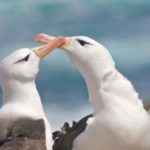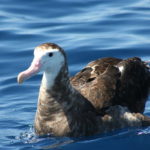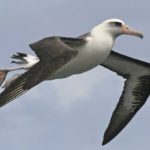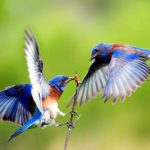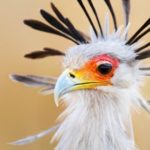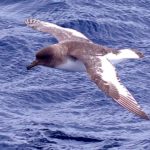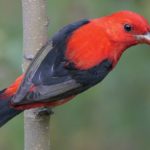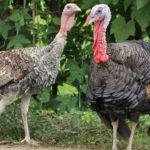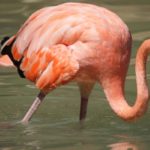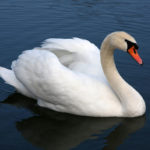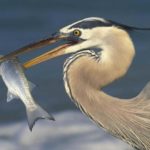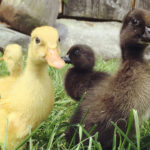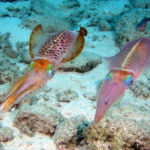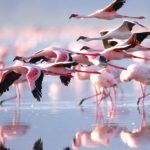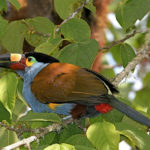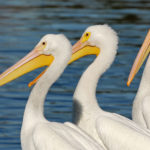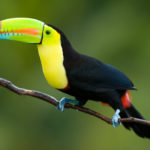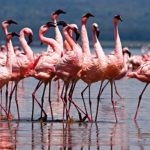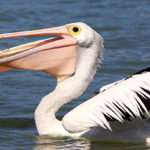Albatross
 The albatross home is the southern oceans and Antarctica. Most of the life this bird spends in the air and on the water. Only during the nesting period does the albatross fly to the shores of the small Antarctic islands. These beautiful sea birds can sometimes be found near the shores of South America.
The albatross home is the southern oceans and Antarctica. Most of the life this bird spends in the air and on the water. Only during the nesting period does the albatross fly to the shores of the small Antarctic islands. These beautiful sea birds can sometimes be found near the shores of South America.
Albatrosses usually hunt at night. When these birds catch squids or octopuses, they descend to the water and extract the prey from it with their beaks. They also search for the remains of food thrown from the ships. Albatrosses decide to fly very far into the sea. These are the only birds that accompany the ships, floating at a distance of many thousands of kilometers from the shore. Albatrosses appear above the water before the storm, as the waves at this time carry food to the surface of the water.
Although the life span of the albatross is large, he has little offspring. Only in some cases the albatross begins to revert before 7-8 years. Often, the search for a partner lasts up to 15 years. If the birds form a pair, they stick together until one of them dies. If they do not appear for a long time, the birds are divorced and sent to search for new partners. Nesting colonies are located on rocks, cliffs or on the shores of desert islands. The wind, constantly blowing, helps the birds to fly into the air. Males and females perform complex marriage dances, during which they bow and rub against each other with their beaks. With widely spaced wings, they march towards each other in an amazing dance. Its culmination is the raising of the beaks to the sky and a loud scream.
Partners together build a nest that looks like a large messy heap of plants and twigs, or they use last year’s buildings. The nest looks like a huge depression, about 30 cm deep, covered with turf and plants. The diameter of the nest is about 1 meter.
In the recess the female lays an egg, the mass of which can reach 0.5 kg. People often destroy nests by collecting eggs from albatrosses. Most of the trouble with the nest is taken by the male. Hatching an egg, the birds change one one every two to three weeks. During incubation, the bird does not eat anything and loses an average of 17% of its weight. The chick hatching somewhere in 75 days. For about 275 days, the parents take care of him until he starts flying.
A pair of albatross nests every two years. Parents feed chicks throughout the winter; The first 20 days – daily, later – with large interruptions, but the birds bring much more food. In the intervals between feedings the chick remains alone, therefore it is an easy prey for gulls and other predators. The wedding dance is accompanied by very loud cries. Parents take care of the chick for nine months.
The albatross habitat is 30 million square miles in the area of southern oceanic waters, between 30 and 60 degrees south latitude. Here the land occupies very little space – it is the tip of South America, the island of Tasmania and New Zealand. After the end of the nesting period, albatrosses are kept alone, but birds often gather in groups rich in fish. During the flight over the sea, the albatross is silent, but when the birds gather in packs, search for food or fight ship waste, they emit rattling and hoarse sounds. The flight of the wandering albatross is beautiful and majestic.

